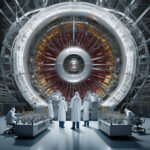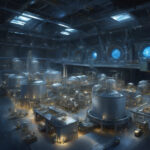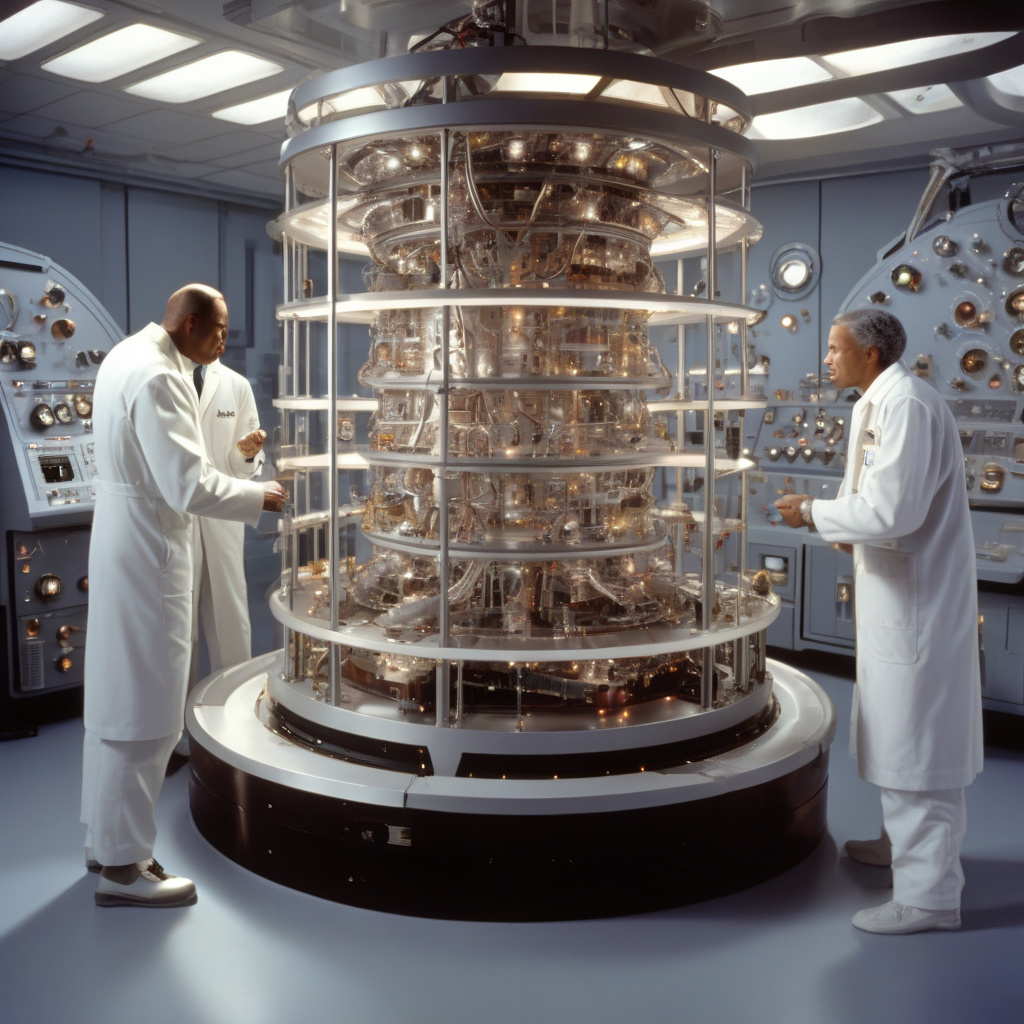NASA Tests World’s First Nuclear Space Power Generator that Runs on 5x Cheaper Fuel
A team of scientists and engineers from the University of Leicester and NASA Glenn Research have recently made a groundbreaking advancement in space technology by testing the world’s first nuclear space power generator. This innovative generator is not only a game-changer in terms of efficiency and reliability but also runs on fuel that is five times cheaper compared to traditional options.
The new nuclear space power generator utilizes advanced nuclear technology to provide a more sustainable and cost-effective solution for powering spacecraft on long-duration missions. Traditional spacecraft power systems rely on solar panels or radioisotope thermoelectric generators (RTGs) that can be expensive and have limitations in terms of power output and efficiency. However, the new nuclear generator offers a more efficient and affordable alternative that can revolutionize space exploration.
One of the key advantages of the nuclear space power generator is its ability to generate higher power levels compared to traditional systems. This increased power output is essential for supporting the energy demands of spacecraft on extended missions to the Moon, Mars, or beyond. By harnessing the power of nuclear technology, this generator can provide a reliable and continuous power source for critical systems onboard spacecraft, enabling longer missions and expanding the possibilities of space exploration.
Furthermore, the use of cheaper fuel in the nuclear generator significantly reduces the overall cost of powering spacecraft, making it a cost-effective solution for future space missions. The affordability of the fuel, combined with the efficiency and reliability of the generator, makes it an attractive option for powering a wide range of spacecraft, from small satellites to crewed missions to distant planets.
In addition to its cost-effectiveness and efficiency, the nuclear space power generator also offers improved safety features. The design of the generator incorporates advanced safety mechanisms to ensure the secure operation of the nuclear reactor in space. This focus on safety is crucial for ensuring the success of long-duration space missions and protecting the crew and equipment onboard spacecraft.
The successful testing of the world’s first nuclear space power generator marks a significant milestone in the field of space technology. The collaboration between the University of Leicester and NASA Glenn Research highlights the importance of partnership and innovation in advancing the capabilities of space exploration. With this groundbreaking technology, the future of space missions looks brighter, with the potential for longer missions, greater exploration, and new discoveries beyond Earth.
In conclusion, the development and testing of the nuclear space power generator represent a major step forward in advancing the capabilities of spacecraft power systems. By harnessing the power of nuclear technology and utilizing cheaper fuel options, this generator offers a more efficient, cost-effective, and reliable solution for powering spacecraft on future missions. As we look ahead to the next era of space exploration, innovations like the nuclear space power generator will play a crucial role in shaping the future of human exploration beyond our planet.
NASA, Nuclear Power, Space Exploration, Innovation, Future Technologies











